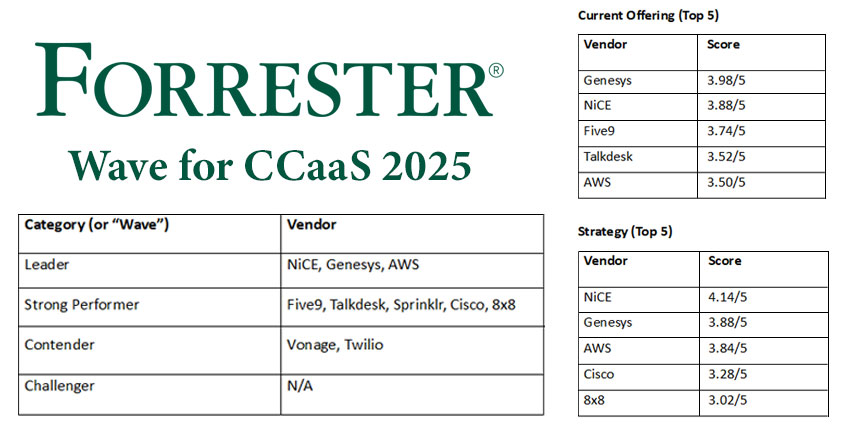In the pursuit of efficiency, automation is key.
However, ‘faster’ and ‘easier’ are not the only consequences of a well-executed deployment of technological tooling. Get it right, and user experience is also enhanced for both customer and service agent.
In terms of communication, Interactive Voice Response (IVR) is a potent example: saving time and economic resources; enabling more productive interactions; and driving that all-important contact center efficiency.
Indeed, recent AI-powered developments have made IVR an even better performing tool. Through intelligent voice recognition systems, natural language technology, and smart Customer Relationship Management (CRM) integration, IVR can help organizations respond automatically and directly to customer requests without the need for human intervention. For example, if a customer selects the option for technical support, they are automatically routed to the technical support department.
The benefits on both sides are obvious – all organizations and their IT providers need to do is partner with a vendor that has both the solution and the expertise.
“The world of customer service is constantly evolving, and companies are looking for solutions to improve the consumer experience, reduce costs, and increase the efficiency of their operators – IVR can do all of that and more,” says Christian Orlandi, CEO at leading global contact center software provider XCALLY, whose powerful and intuitive IVR offering is the perfect case in point.
“Since many customer enquiries can be handled very satisfactorily through an automated IVR system, companies can reduce the number of customer care specialists needed to handle incoming calls while simultaneously delivering improved service. That is surely a win-win for everyone.”
IVR tools enable customers to interact with a phone system through a ‘self-service’ voice menu configurable to companies’ specific needs. As well as helping to direct callers with specific requirements to agents with relevant knowledge and capabilities, they can also communicate routine information via recorded messages in ways which help organizations cope better with large call volumes.
Recent research suggests that the number of consumers who prefer to interact with businesses via an IVR has doubled over the past five years, and 77% cite 24/7 availability as the reason.
The most impactful use case scenarios are the automatic management of dispositive actions, for example checking the status of an order or the balance of loyalty card points; automatic information management such as opening hours, and general alerts; and the automatic provision of answers to frequently asked questions. IVR systems can also be used for the purpose of automatic identification, ensuring efficient call deflection.
“By automating some of these routine interactions, specialists can spend more time on complex or customized requests,” says Orlandi. “In this way, the efficiency of the customer care team is increased and the waiting time for customers is reduced. IVR can also identify the reason for a call and direct the customer to the most appropriate department or operator to resolve their issue. This can improve customer sentiment, as they receive targeted and expert assistance.”
Not that the successful deployment of an IVR ends with its installation. It is essential to constantly monitor the performance and effectiveness of the system, analyzing metrics such as response time, call abandonment rate, and customer satisfaction. Based on the results, modifications and optimizations can be made to the IVR to ensure that the service always meets customer expectations and business needs.
Also, IVR delivers maximum return on investment when it is able to integrate with other communication channels such as chat, email and social media. In the case of XCALLY, its easy-to-use IVR Designer tool enables customers to create interactive and customized response menus via an intuitive user interface. The same XCALLY tool enables integration with CRM systems, meaning customer data can be used to further personalize the calling experience.
It seems automation, efficiency, and enhanced user experience really can go hand-in-hand…
To learn more about how XCALLY can help your and your customers’ businesses leverage the power of IVR, click here







